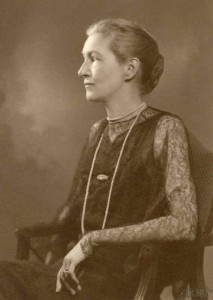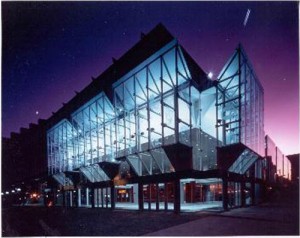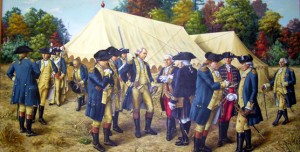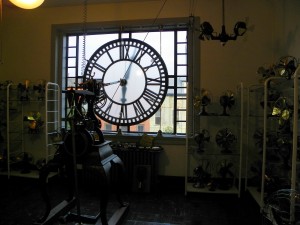
Did you know that March is Women’s History Month? What better way to celebrate than by visiting the Maryland Women’s Heritage Center located in the historic 1916 Baltimore Gas and Electric Company building on Lexington Street? We hope you can join us.
Tour Details
Maryland Women’s Heritage Center | 39 W. Lexington Street (corner of Lexington & Liberty Sts.), Baltimore, MD 21201
Saturday, March 31st | 2:00 PM – 3:00 PM
$10 members | $20 non-members

The Maryland Women’s History Center is the first comprehensive state-based women’s history center and museum of its kind in the nation. For our tour, a docent from the Center will guide us through exhibits on Maryland women “firsts,” unsung heroines, and the suffrage movement in Maryland. The Center’s location at the BG&E building is more than fitting. In the early 1900s, a suffrage pioneer named Edith Houghton Hooker staged a major rally for giving women the vote outside the building at Lexington and Liberty Streets. Ms. Hooker had come from Buffalo to Baltimore as one of the first women accepted into the Johns Hopkins School of Medicine. In 1909, she established the Just Government League of Maryland, a local affiliate of the National American Woman Suffrage Association, and edited and published Maryland Suffrage News from 1912 through the ratification of the 19th Amendment in 1920. In addition to the history of the suffrage movement, we will be among the first to see the Center’s newest exhibit on Maryland women in science and technology.




